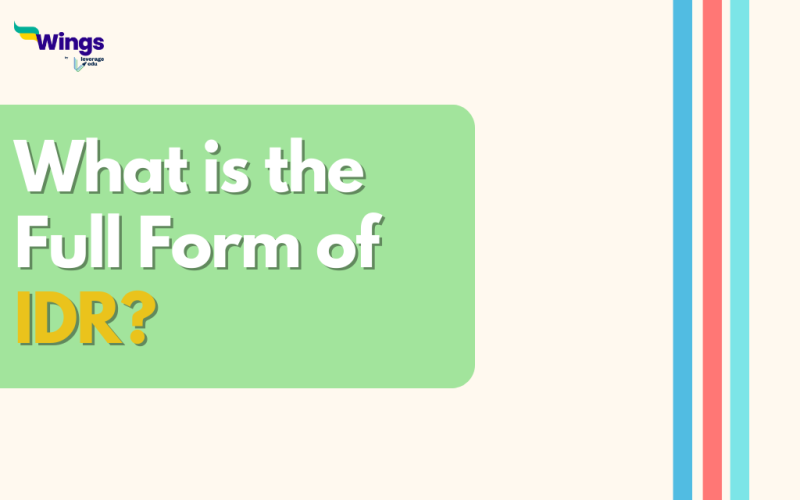The full form of IDR is Indian Depository Receipt. An Indian Depository Receipt (IDR) is a financial instrument denominated in Indian Rupees, taking the form of a depository receipt. It serves as the Indian version of the globally recognized depository receipts.
The IDR is established by a Domestic Depository, which is a custodian of securities registered with the Securities and Exchange Board of India. This creation is done against the underlying equity of an issuing company, facilitating foreign companies to raise funds from the Indian securities markets.
In this process, the foreign company will deposit shares with an Indian depository, and in return, the depository will issue receipts to Indian investors corresponding to these shares. Any benefits associated with the underlying shares, such as bonuses, dividends, etc., will accrue to the holders of the depository receipts in India.
Origin
IDRs have their roots in the original American depositary receipts, which were first introduced in the United States in 1927. In India, the Ministry of Corporate Affairs, under sections 642 and 605A, established the Companies (Issue of Indian Depository Receipts) Rules, 2004 (IDR Rules) through notification number GSR 131(E) on February 23, 2004.
These rules were put into operation by the Securities and Exchange Board of India (SEBI), the regulatory authority for Indian markets, in 2006. Additionally, the Reserve Bank of India issued operational instructions under the Foreign Exchange Management Act on July 22, 2009.
Over time, SEBI has introduced amendments to these guidelines through various notifications. Notably, in 2010, Standard Chartered PLC made history by being the first global company to file for the issuance of Indian depository receipts in India.
Eligibility of Investors
As per SEBI guidelines, the minimum bidding amount for an IDR issue is set at INR 20,000 per applicant. Similar to any public issue in India, individual investors who are resident Indians can apply for a maximum amount of INR 2,00,000, while non-institutional investors, also known as high-net-worth individuals, can apply for amounts above INR 1,00,000, subject to specific applicable limits.
Fungibility
The Indian depository receipts are not automatically interchangeable with the underlying equity shares of the issuing company. If IDR holders wish to convert their IDRs into underlying equity shares, they must obtain prior approval from the Reserve Bank of India (RBI).
Once converted, individual residents of India are permitted to hold these underlying shares only for sale within 30 days from the date of conversion. Recently, SEBI has granted permission for shareholders to convert their depository receipts into equity shares of the issuer company and vice versa.
This was all about the Full Form of IDR full form. Visit our Full Form Page to discover more intriguing articles about full forms. You can also get a consolidated list of 300+ full forms here!
 One app for all your study abroad needs
One app for all your study abroad needs













